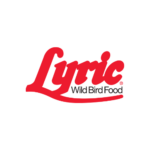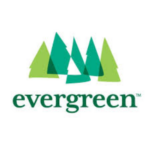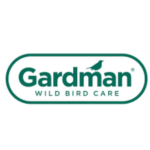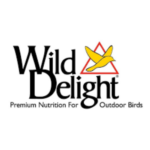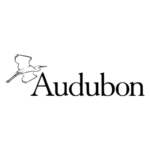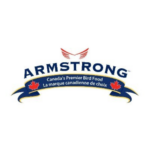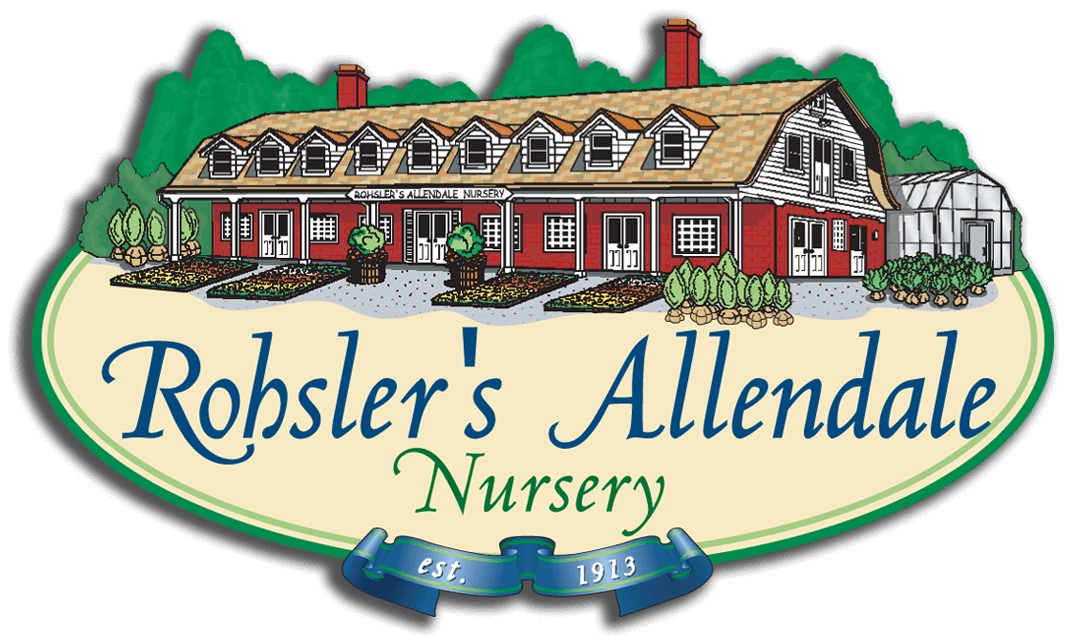Birding
Encourage birds to visit, and possibly nest, in your yard by providing their favorite plants, well-stocked feeders, birdhouses, and reliable water sources. Remember that songbirds prefer feeders located near “cover” – plantings that act as a hideout during a perceived emergency. Place feeders near shrubs, trees, and garden plants that allow birds to arrive and leave the feeding station as safely as possible.
Attract feathered friends to your garden and provide them with a place to nest or a source of food. Birdbaths provide birds with a place to drink and bathe.
Draw Songbirds to Your Yard
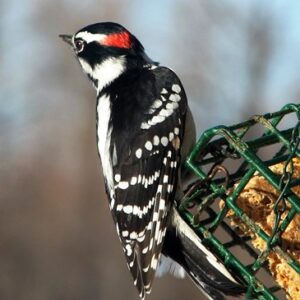 Thistle seed will attract finches, while sunflower seed is an excellent all-purpose attractant. Suet makes an ideal addition to your feeder setup, as it provides many bird species (notably woodpeckers) with an extra blast of fuel.
Thistle seed will attract finches, while sunflower seed is an excellent all-purpose attractant. Suet makes an ideal addition to your feeder setup, as it provides many bird species (notably woodpeckers) with an extra blast of fuel.
Many shrubs, including Rhododendrons and Forsythia, provide excellent cover for nesting birds such as Northern Mockingbirds and American Robins. Coneflower seeds; nectar from Agastache, Cuphea, and Celosia; and the berries produced by Dogwood and Holly trees are also favorite treats. Keep in mind that this is only a partial listing of the plants that attract birds to your landscape.
Hummingbirds gravitate toward tube-shaped flowers, and favor red blossoms. Try Salvia, Lantana, and Agastache to bring hummingbirds into your garden. The Ruby-throated Hummingbird is the expected species in our area, but watch for accidental visitors from other parts of the country.
NOTE: Feeders, birdbaths, and suet stations should be cleaned regularly to keep our resident and migratory birds healthy.
We stock products from a variety of companies, including:
